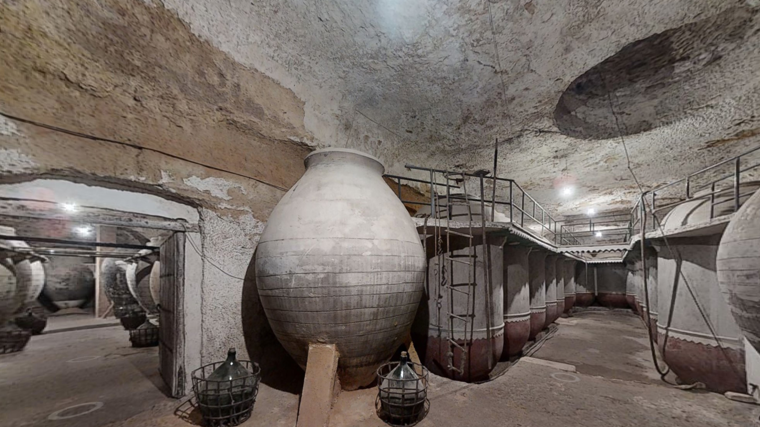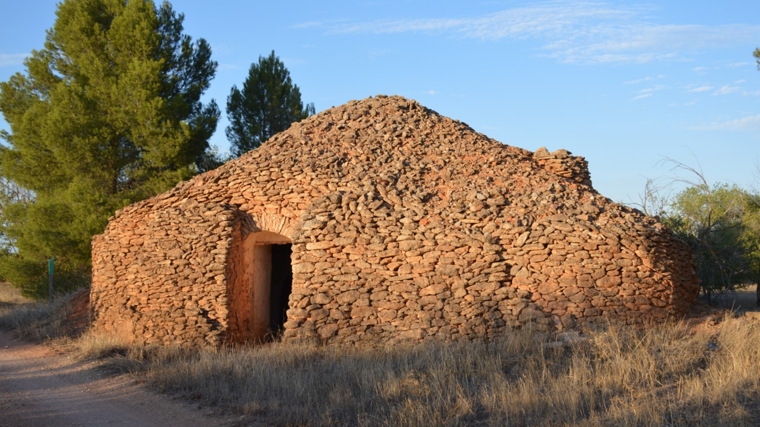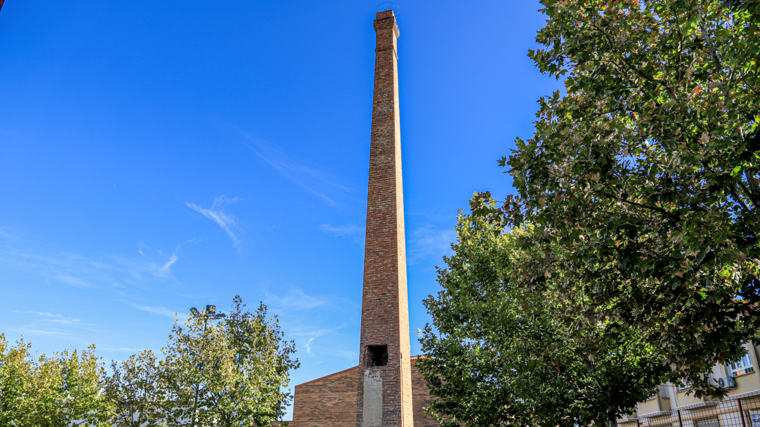Five gems to discover on a visit to Tomelloso

In a corner of La Mancha whose name you'll definitely remember after visiting it, lies an ideal town to discover on a weekend getaway, a destination that embraces a rich heritage within its urban fabric, the birthplace of illustrious painters and writers such as Antonio López Torres and Francisco García Pavón. Considered a true wine empire throughout Europe, it is also known for its gastronomy, not just for its traditional dishes but also for hosting a restaurant that serves one of the best pizzas in the world, and bites inspired by characters as diverse as Dulcinea and the Rolling Stones. Tomelloso offers all this and much more.
This town in Ciudad Real is as valuable for what it sees as for what lies beneath the asphalt. Around 1820 , more than 2,500 caves began to be built beneath homes for use in storing wine at low temperatures. If all those existing today were added together, the total would be 40 kilometers of passageways . These wineries feature what are known as "lumbreras," openings that can be seen barred into the sidewalks of the town's streets. These let in light and allow the carbon dioxide generated during the fermentation of the must to be eliminated. The surviving examples have an average depth of 12 meters and their roofs are formed by a layer of rough rock known as crust or tobazo. Fortunately for visitors, many of them can be visited, such as Segundo Dios , where more than 20 fired clay jars are preserved, El Morenete, or Las Siete y Media.
 Image of one of the caves in Tomelloso that functions as a wine cellar.
visit Tomelloso
Image of one of the caves in Tomelloso that functions as a wine cellar.
visit Tomelloso
A walk around the town's outskirts reveals the famous "bombos" ( small farm buildings), agricultural structures that served as homes and shelters for residents during their long days of working in the fields. These unusual circular houses with false vaulted roofs, of which there are around 70 in good condition and protected, are characterized by having been built stone upon stone without any mortar.
 Image of one of the drums
visit Tomelloso
Image of one of the drums
visit Tomelloso
The image of this town's urban landscape features a rather striking element that has shaped it for years: the chimneys of old distilleries. More than 100 such structures operated at full capacity back in the 1950s, venting the smoke from the large boilers that provided the perfect temperature for the distillation coils of the old distilleries. Currently, there are about 36 of these brick structures , some of which reach 45 meters in height, a characteristic that allowed them to achieve exhaust ventilation without the need for fans or other mechanical aids.
 Image of one of the chimneys spread throughout the town of Tomelloso
visit Tomelloso
Image of one of the chimneys spread throughout the town of Tomelloso
visit Tomelloso
The Virgen de las Viñas cooperative , founded in 1961 with just 15 members (today it has 3,000 members), boasts the highest production rate in all of Europe. In a good season, they are capable of producing 200 million kilos of grapes on their nearly 20,000 hectares . The wine press, which was their first construction in 1962, now houses the Ethnological Museum , a space where various objects representing the life and work of previous generations are exhibited. It also has a Contemporary Art Museum that houses works from the prestigious annual painting and journalism competition they organize. In 2009, they merged with the 'Oración de Huerto' Olive Oil Cooperative, dedicated to the production, processing, and packaging of Extra Virgin Olive Oils, and currently have 2,400 hectares of olive groves. For those who want to learn more about its history and lands, there are different wine tourism experiences available, such as the '360 Degree Vineyard Experience', which includes, for 50 euros per person, a visit to the winery and one of the members' plots to learn how the grape harvest is carried out, a traditional lunch, a tour of the production areas, and wine tasting.
 Former inn in Tomelloso, now a tourist office
visit Tomelloso
Former inn in Tomelloso, now a tourist office
visit Tomelloso
The first thing anyone should visit when visiting a new destination is its tourist office, where you're sure to get information on the main points of interest. In Tomelloso, this space is a must-see, as it's located in a highly valuable building. The complex, located in the Plaza de España, dates back to 1778, when an inn was built to provide shelter for travelers and traders. It retains its original structure, with a façade of turned balusters raised above a large arcade formed by four Tuscan columns and two pillars. The upper gallery is raised by beams on footings. Inside, you can see the ceilings with exposed wooden beams, as well as a primitive kitchen with a large chimney hood.
ABC.es





